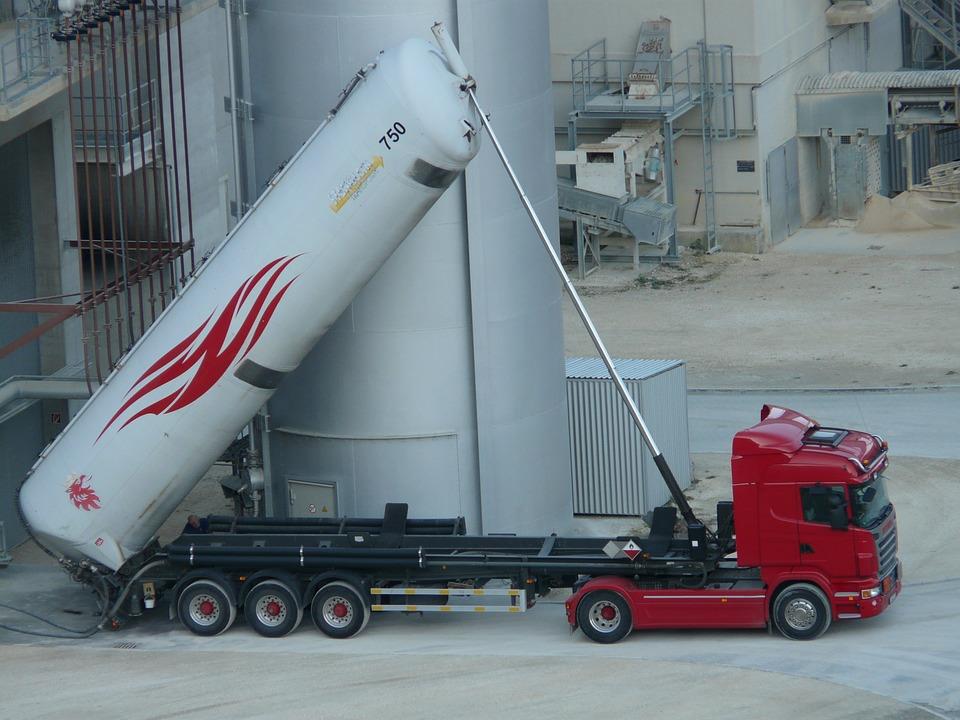Hydraulics is the art of using Creating motion and force by compressing a dense fluid within a confined space. Modern hydraulic systems transfer kinetic energy through a liquid from a smaller trigger (or master) cylinder to another larger, moving cylinder, following the principles discovered by French mathematician Blaise Pascal in the 18th Century. Pascal’s Principle allows for a small but intense trigger force to translate into a heavy lift or push via a process called fluid transfer.

How Is This Principle Applied?
The larger relative size of the moving cylinder allows for a reasonably small amount of applied force to be distributed and ‘multiplied’ into a much larger physical movement. However, to do so the trigger mechanism needs to be depressed for a much longer distance than the other one to displace all the fluid needed to push it forward and cause the movement. That’s the vital trade-off behind hydraulics.
You can see basic hydraulics at work in a device as simple as the humble water pistol.
The trigger mechanism forces fluid away from the reservoir when it’s pulled. A piston is pushed into a confined reservoir, displacing some water. As the water inside has nowhere else to go, it is displaced into a small, narrow barrel. The water squirts out at great pressure, as the wider (yet equal) force is intensified behind the travelling liquid. As the trigger piston recedes, the hydraulic system is reset. It works again and again until the water runs out.
Hydroelectric Systems
While other devices such as turbines might use water to generate energy, they shouldn’t be mistaken for hydraulic systems. A modern hydroelectric system, for example, doesn’t deliberately displace water to transfer kinetic force. It is hydrokinetic in nature – it exploits existing motion. Likewise, similar engineering methods that use confined gas instead of a liquid are referred to as pneumatic.
What Are Hydraulics Used For?
Aside from helping with our summer entertainment, hydraulic systems are commonly used in agriculture, construction, transportation and logistics, car and vehicle maintenance, manufacturing, irrigation and sewerage, mining, and in office and retail elevators. Hydraulics can be found wherever a fine mix of power, control, safety, and reliability is needed for moving parts, particularly in arms and pistons.
The most common use of a hydraulic system is to move heavy and difficult loads easily, quickly, and (relatively) cheaply. You might see this at a construction site, dock, or quarry. Hydraulic hoses are used to move and control digger arms, excavator scoops, and cargo crane booms with exacting precision while imbuing the load carrying machinery with extreme strength.
Static hydraulic systems, such as crane lifts and hydraulic elevators, are also used in a similar way to elevate heavy loads on top of fixed platforms. Smaller, everyday vehicular innovations such as power steering and hydraulic brakes also rely on much the same pipeline technology.
The hydraulic press is another machine often found in modern manufacturing. Factories will use a hydraulic ram or plate press to apply intense kinetic pressure to materials such as resins and polymers, flattening or destroying them with ease. Log splitters rely on much the same design to punch through hardwood.
How Do Modern Hydraulic Systems Work?
Most modern hydraulic systems are variable, controllable, and can actuate their cylinders. Instead of relying on a simple, old-fashioned in/out sealed mechanism, a range of parts allows for the operator to direct the level and extent of pressure applied. Repetitive hydraulic motions can be triggered, when appropriate.
Hydraulic circuits feature several key components:
A reservoir holds a ready supply of the fluid used in the hydraulic system. This must be displaced by a suitable compression pump. Electric motors have now largely replaced the hand pumps found in early hydraulics. These can pressurise the interior of the hydraulic system to enormous levels. Large amounts of liquid are pumped from the reservoir into tubes or a holding tank as the ‘push’ trigger.
Industrial, electrically-driven hydraulic pressure can reach as much as 150,000 PSI, equivalent to deep sea pressurisation. However, a level around 500-4,000 PSI is more normal.
Safety and return valves keep the liquid flowing at a constant pressure in the direction it should, without pushback. In actuating systems, these valves help regulate the flow and drainage of fluid to create repetitive hydraulic motion for pistons and arms. The valves allow for the system to be pressurised and depressurised safely. The return valve releases stored fluid in components back into the reservoir at a steady, controlled rate.
Hydraulic Motors can also be attached, recapturing and converting all that heavy kinetic force into torque or electrical energy. Vital accessories, such as filters, trap intrusive dirt and reduce the need for intrusive maintenance.
Find Out More
At Hydrastar we design bespoke hydraulic and pneumatic systems for a wide variety of applications. To find out more, please call 01353 721704, or email info@hydra-star.co.uk.


